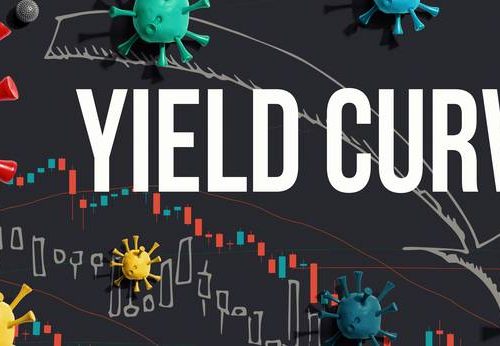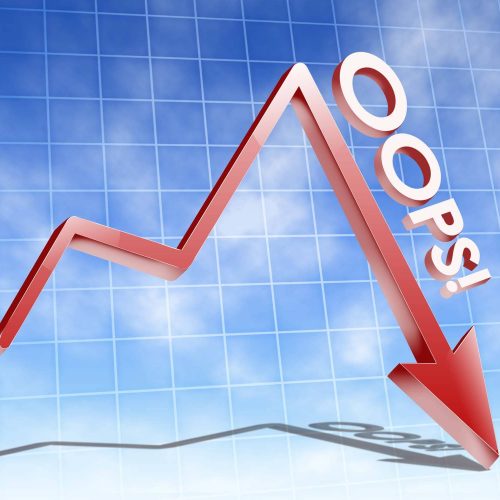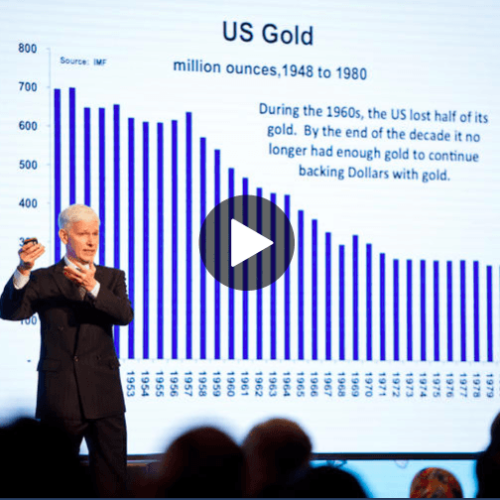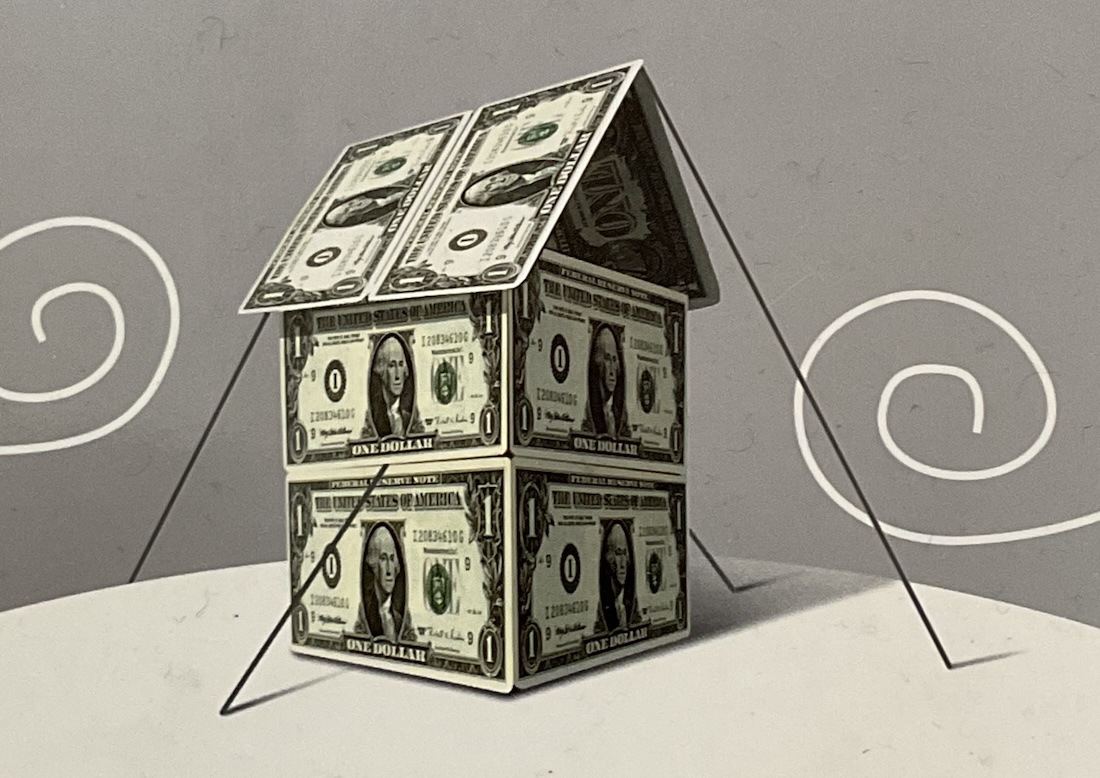Yield Curve Control Coming Soon
The Fed is likely to adopt Yield Curve Control as its primary policy tool to manage the level of interest rates in the United States. The latest Macro Watch video explains
Interview: “Will There Be A New Depress…
Listen as host Robert Kiyosaki and guest Richard Duncan, author of the international bestseller, “The Dollar Crisis: Causes, Consequences, Cures,” discuss how the current financial crisis started long before the coronavirus
Stocks: Boom or Bust?
It is difficult to imagine a worse economic environment. The US economy is expected to contract by between one third and one half during the second quarter. For the full year,
Watch This Speech: How The Economy And Financ…
If you want to understand how the economy really works today and the forces driving the financial markets in the 21stCentury, watch this presentation I made for the CFA Society
Gold Is Not A Sure Bet
The new Macro Watch video discusses how and why the price of Gold has moved up and down since 1970; and it warns that an investment in Gold is not
When Creditism Met Covid-19
Our economic system, Creditism, was fragile and on government life support before the Coronavirus hit the United States. Now it is in intensive care. The new Macro Watch video describes the
Interview: Lessons From The Covid-19 Crisis
I have done a lot of podcast interviews recently discussing the dire economic consequences brought about by the Coronavirus and what must be done to mitigate them. I believe this is
US Banks On Life Support
The new Macro Watch video shows that, without the unprecedented support that the government and the Fed are providing to the economy during the Coronavirus crisis, it is likely that
Interview: Libertarianism, R. I. P.
I was recently interviewed by Hunter Thompson for a Cash Flow Connections podcast. We discussed the economic, political and geopolitical consequences of the Coronavirus. This is an interview you won’t want
Interview: The Coronavirus Economy
I had a really great conversation with my friend Andy Tanner for The Cashflow Academy recently. I highly recommend listening to this interview. It covers so much of what is











